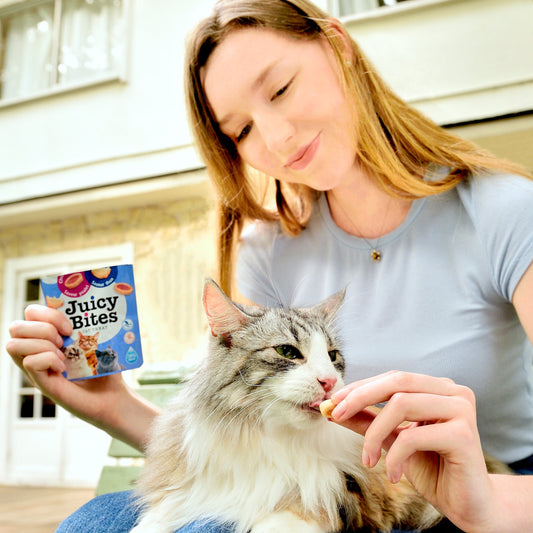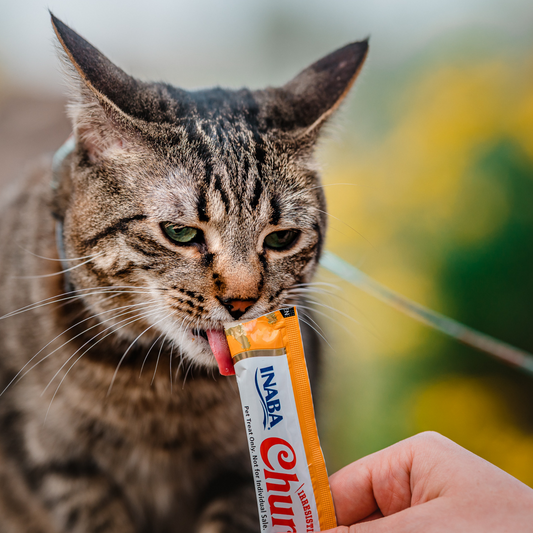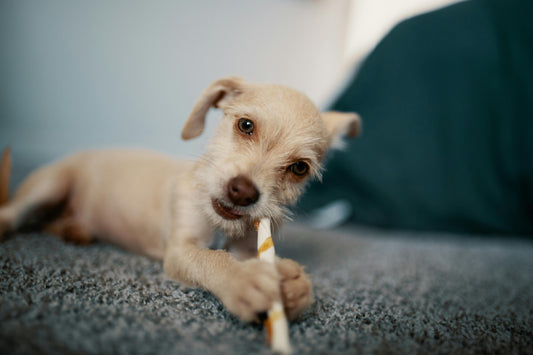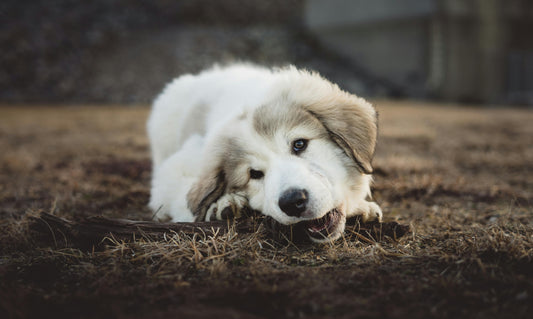Gingivitis is one of the earliest signs of dental trouble in cats, and it’s more common than many pet parents realise. It usually starts off subtle, maybe a bit of smelly breath or pink gums, but it can become something much more painful if it’s not caught early.
If you're wondering what cat gingivitis looks like, you’re in the right place. Let’s walk through what it is, what to look for, and how to treat it before it becomes a bigger problem.
What Is Gingivitis In Cats?
Gingivitis in cats is the inflammation of the gums. It’s often caused by plaque and bacteria sticking to your cat’s teeth. Left alone, that buildup hardens into tartar and starts irritating the gums, making them red, swollen, and sore.
Some cats might eat less, seem more reserved, or shy away from head pats. That’s because gingivitis isn’t just a mouth issue,it can affect their mood, appetite, and quality of life.
What Does Cat Gingivitis Look Like?
If you manage to get a look inside your cat’s mouth (we know, easier said than done), here are a few things to check:
- Gums that look red or puffy near the teeth
- Bleeding during mealtime or brushing
- Bad breath
- A bright red line where the teeth meet the gums
- Your cat flinching, drooling, or chewing on one side
You may also notice your cat hiding more or acting grumpy. That’s often their way of saying, "Hey, something hurts."
For real-life examples, take a look at our pictures of gingivitis in cats. They’re super helpful if you’re not sure what’s normal and what’s not.
The Stages of Cat Gingivitis
Gingivitis is considered the earliest stage of periodontal disease in cats. It’s the point where inflammation is present, but the deeper support structures around the tooth haven’t yet been affected.
In stage one, the gums may look red or slightly swollen, but there’s no damage to the bone or ligaments holding the tooth in place. As periodontal disease progresses to stages two, three and four, the damage becomes more severe. The tissue starts to pull away from the tooth, and bone loss can occur.
Vets may also classify gum disease based on how much bleeding is present, how far the gums have receded, or whether the gum tissue looks enlarged or inflamed.
If plaque and inflammation move below the gum line, that’s when things get more serious. Advanced stages can lead to tooth loss, pain, and infection.
Your vet will assess your cat’s mouth to determine how far the disease has progressed and what treatment is needed.
Is Gingivitis Contagious In Cats?
So, is gingivitis contagious in cats? Gingivitis itself isn’t contagious, but the bacteria that cause it can be passed between cats, especially if they groom each other or share bowls.
So, if one of your cats has dental issues, it’s smart to keep an eye on the others too. Good hygiene and regular dental care can help stop the spread of harmful bacteria.
Learn more in our detailed guide: is gingivitis contagious in cats?

How Gingivitis Is Diagnosed
Your vet can usually spot gingivitis during a regular check-up. They’ll look for red gums, tartar buildup, and any signs of pain. For a closer look (especially under the gumline), they might suggest a full dental exam while your cat is under anaesthesia.
X-rays can also help uncover hidden issues, like tooth decay or tooth resorption.
How To Fix Bad Cat Breath And Treat Gingivitis
Treatment depends on how advanced things are. Your vet might recommend:
- A dental clean under anaesthetic
- Antibiotics to fight infection
- Pain relief to keep your cat comfortable
- Tooth extractions if the damage is severe
For milder cases, you might be able to manage it at home:
- Brush your cat’s teeth with pet-safe toothpaste or muslin cloth
- Use dental toppers, supplements, treats or water additives
- Feed a diet that helps with oral health including freeze dried bones and raw bones but always monitor for safety and splintering
That stinky breath? It’s usually one of the first clues that something’s off. Our guide on how to fix bad cat breath has practical tips you can try right away.
When Gingivitis Leads To Bigger Issues
If you ignore gingivitis, it can spiral into more serious problems, like:
- Cat gum disease, which can damage the gums and bone
- Cat tooth resorption, where teeth break down from the inside
- Stomatitis in cats, an extremely painful condition that sometimes requires multiple tooth removals
Catching it early makes all the difference. If you’re noticing any changes in your cat’s eating, behaviour, or breath, visit your vet.
Why Gingivitis Awareness Matters
Gingivitis can seem minor at first, but it has a way of creeping up on your cat. Keeping an eye out for early symptoms and staying on top of cat mouth disease helps protect your pet from long-term pain.
Got questions? Want to learn more about gum disease? Browse our blog for easy, vet-approved advice that’ll help you look after your cat’s teeth, gums, and everything in between.




